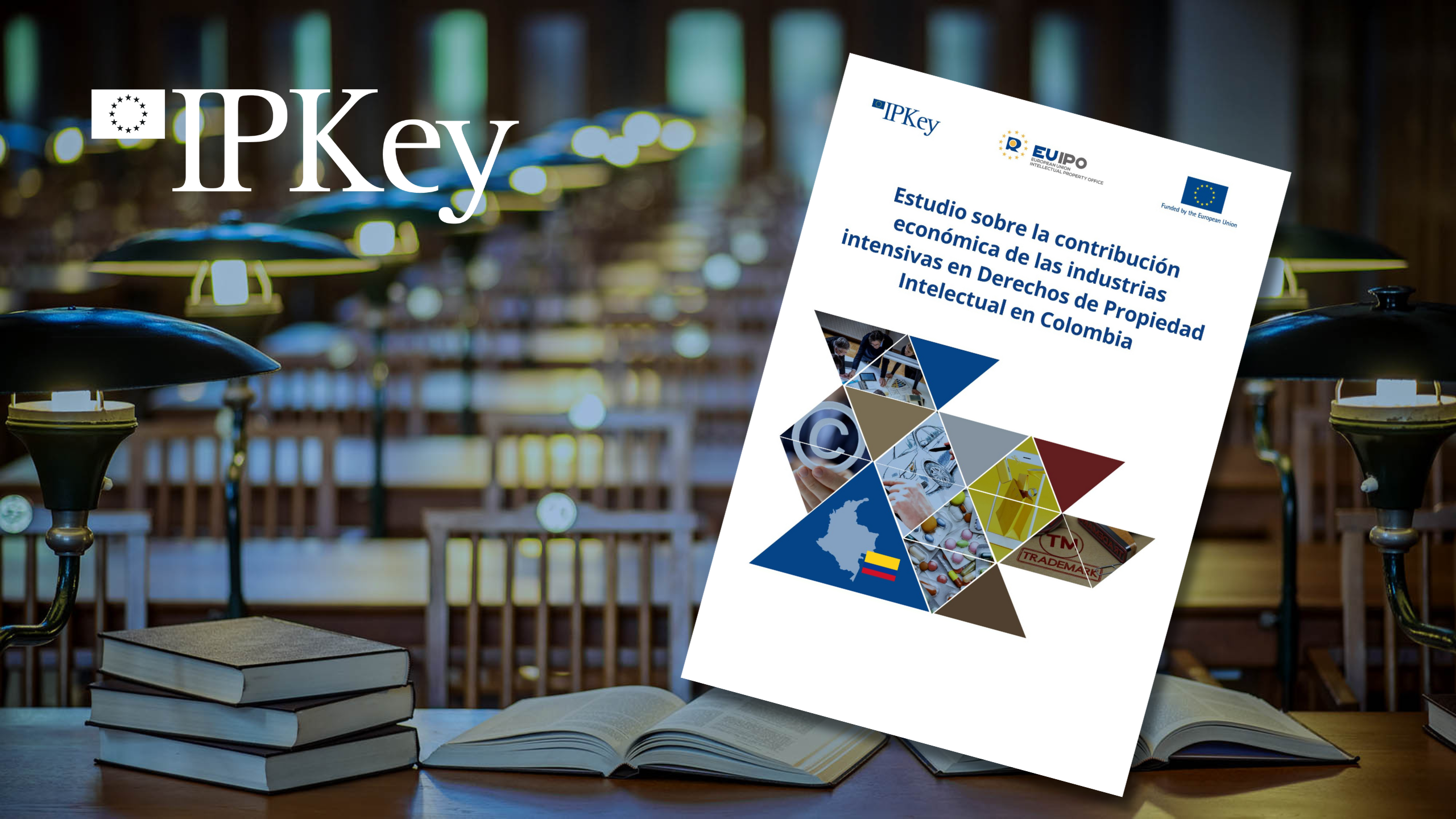EUIPO launched a Study on the Economic Contribution of IP-Intensive Industries in Colombia
The European Union Intellectual Property Office (EUIPO) has presented its latest study, Study on the Contribution of Intellectual Property Right-Intensive Industries to Economic Performance and Employment in Colombia, as part of the IP Key Latin America project. The report highlights the significant role played by intellectual property (IP) in Colombia’s economic landscape, reinforcing the broader efforts of the EUIPO to support IP development in Latin America.
Key Findings and Methodology
Following the methodology used in similar EUIPO studies in the European Union and previous Latin American reports, the study assesses the combined contribution of IP-intensive industries to Colombia’s economy between 2018 and 2022. The report focuses on key economic indicators, including total employment, direct and indirect employment, gross value added, exports, imports, and remuneration.
The study categorises IP into three legal groups:
- Industrial Property Rights – including patents, industrial designs, trade marks, and geographical indications, with data sourced from Colombia’s Superintendence of Industry and Commerce (SIC).
- Copyright and Related Rights – overseen by the National Directorate of Copyright (DNDA).
- Plant Variety Rights – regulated by the Colombian Agricultural Institute (ICA).
Some of the main findings of the study show that a total of 495 productive activities analyzed in the Colombian economy for the period 2018-2022, considering the six IPRs, 174 intensive industries were identified in the use of such rights, of these, 50.0% are intensive in more than one IPR, that is, 87 intensive industries of the 174 total have more than one type of right.
In terms of total employment, the contribution of copyright intensive industries was estimated at 3.9% of total employment in Colombia for 2018-2022, with a greater impact in terms of direct employment (3.2%) compared to their average contribution to indirect employment (0.7%). Copyright intensive industries are attractive sources for the generation of both direct and indirect jobs and their impact could even increase in the future due to the dynamism that this type of industries are experiencing as a result of the technification and advances in ICTs and digital operations.
Finally, as for the intensive industries in plant varieties, they also reached important levels in employment generation since for the period from 2018 to 2022 their average annual contribution to total employment stood at 5.0% being higher their impact in terms of direct employment (4.4%) compared to their contribution to indirect employment since the national level was 0.6%.
By measuring the impact of these rights, the study provides valuable insights into the relationship between IP and economic performance, offering data-driven perspectives to policymakers and businesses.
This initiative contributes to the EUIPO objectives in its Strategic Plan 2030 (SP2030) to reinforce its long-term vision for a stronger and more accessible global IP ecosystem. By enhancing the value of IP products and services through legal certainty and transparency, improving access to the IP system to support innovation-driven economic growth, and building trust and respect for IP through education and stakeholder engagement, the EUIPO continues to position intellectual property as a key driver of economic progress.
